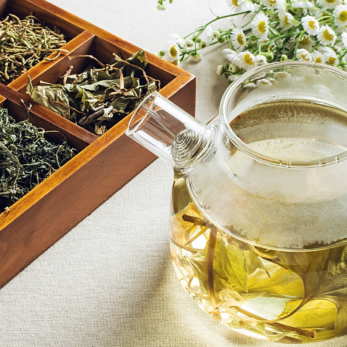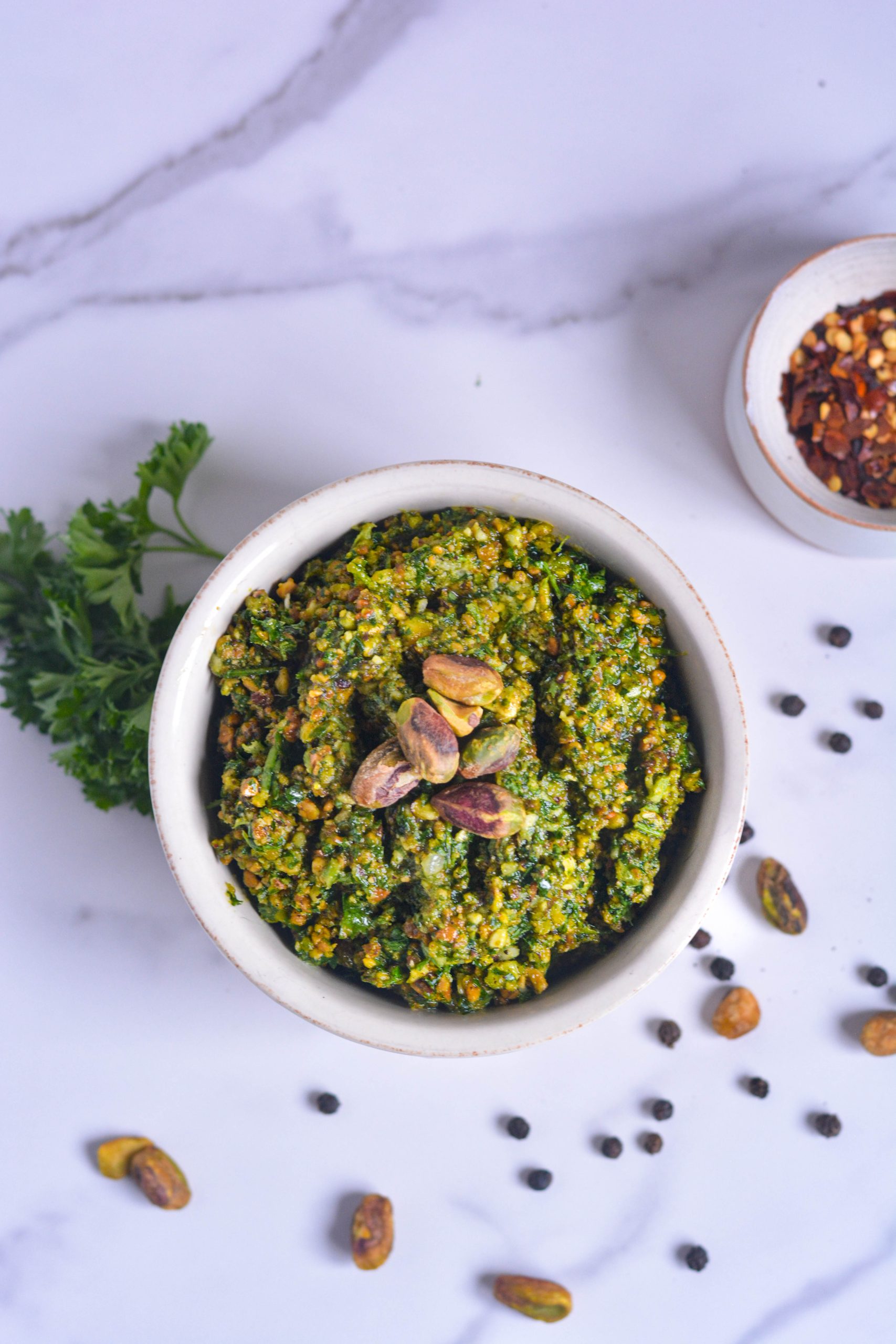How To Nourish Your Body During Spring
Learn about Western and Chinese Medicine and the Ayurvedic approach to nourishing your body during spring. Support your well-being this Spring with nourishing practices to embrace the season’s vitality. Explore tips on incorporating seasonal foods, engaging in outdoor activities, and embracing mindfulness to nurture your body, mind, and spirit. .

Nourish Your Body During Spring
With the arrival of spring comes time for new growth and regeneration. Spring is a time of new beginnings, and it pulls us out of hibernation and encourages us to do outdoor activities in the sun. We start to experience longer days. The seeds planted last autumn have now germinated over the winter and are budding and ready to bloom. They break through the frozen soil as signs of renewal and hope. They are seeds of change we have planted within ourselves that now are pushing with the new energy. This new energy brings us inspiration, hope, and a new vision, helping us achieve our goals and creative energy. Nature is ready to roar! We see fresh grass growing, flowers popping up everywhere, new vegetables, and farmers markets gearing up for the season. It is also the time to come out and play as all life is restored with spring renewal. Spring is a perfect time for detox and rejuvenation.
In the West, Spring officially begins on March 21st, when the days and nights are the same—the spring equinox. Energetically for the Chinese, Spring starts with the Chinese New Year, in February, when the light begins its return, and the dormant forces under the frozen ground are called to life again.
Just as nature undergoes a transformation during this season, so too can we revitalize our bodies and minds by embracing the nourishment Spring has to offer and you will learn how to nourish your body during spring.

Tips on How to Be Nourished During Spring
Thera are plenty of thing you can do to help you nourish the body during spring:
- Healthy Diet and Fresh, Seasonal Produce: Spring is a time when the farmer’s markets burst with an array of fresh vegetables. Embrace this abundance by incorporating seasonal produce into your meals. Enjoy crisp salads, roasted asparagus, and pea soup. Experiment with vibrant veggies such as asparagus, artichokes, and radishes. Not only are these foods delicious, but they also provide essential vitamins, minerals, and antioxidants to support your overall health. Experiment with new healthy recipes and have fun with them.
- Herbal Infusions: Take advantage of the fragrant herbs that thrive during the Spring months. Infuse your water with refreshing mint, basil, or lemon balm for a hydrating and revitalizing drink. Herbal teas are another excellent option, offering a variety of flavors and potential health benefits.
- Lighter, Balanced Meals: As the weather warms, our bodies naturally crave lighter fare. Focus on eating whole foods and creating balanced meals incorporating lean proteins and plenty of vegetables. Opt for grilled fish or tofu paired with quinoa and steamed broccoli or snap peas, or try a colorful stir-fry with an assortment of seasonal veggies. By nourishing your body with nutrient-dense foods, you’ll feel energized and ready to embrace the vitality of Spring.
- Embrace Outdoor Activities: Spring offers the perfect opportunity to reconnect with nature and get moving outdoors. Whether it’s a leisurely walk in the park, a bike ride along scenic trails, or gardening in your backyard, spending time outside can nourish both your body and soul. Soak up the sunshine, breathe in the fresh air, and revel in the natural world’s beauty.
- Mindful Eating: Mindfulness can enhance your eating experience and promote overall well-being. Take the time to savor each bite, paying attention to your food’s flavors, textures, and sensations. Eating mindfully can help you tune into your body’s hunger and fullness cues, preventing overeating and fostering a deeper connection with your meals.
- Hydration: As temperatures rise, staying hydrated is essential to support optimal health and vitality. Aim to drink plenty of water throughout the day, and consider adding hydrating foods to your diet, such as cucumbers, watermelon, and oranges. Herbal teas and coconut water are excellent hydrating options to refresh and revitalize you. Reduce or take a break from alcohol consumption.
- Spring Clean Your Diet: Spring cleaning isn’t just for your home—it’s also a great time to assess your dietary habits and make any necessary adjustments. Consider reducing your intake of processed foods, sugary snacks, and unhealthy fats and focusing instead on nourishing your body with whole, nutrient-rich foods.
- Practice Gratitude: Finally, take a moment each day to express gratitude for the abundance of nourishment in your life. Whether it’s the delicious meals you enjoy, the beauty of nature surrounding you, or the opportunity to connect with loved ones, cultivating gratitude can enhance your mental well-being and fulfillment.

What Food to Eat During Spring Season
As warmer weather comes in, focus on lighter, fresh, and vibrant foods that help balance the body’s energy, support its natural cleansing processes and nourish your body during spring. Here are some suggestions for foods to incorporate into your diet during Spring:
- Leafy Green Vegetables: Spinach, kale, lettuce, arugula, collard greens, and Swiss chard are all excellent Spring greens. These greens are rich in vitamins, minerals, and antioxidants, and they help cleanse the Liver and support overall detoxification.
- Asparagus: Asparagus is a quintessential spring vegetable that is delicious and packed with nutrients. It’s a good source of fiber, vitamins A, C, E, and K, as well as folate and chromium. Asparagus supports healthy digestion, aids in detoxification, and provides a natural energy boost.
- Artichokes: Another spring favorite, artichokes are loaded with fiber, antioxidants, and essential nutrients like potassium, magnesium, and vitamin C. They support liver health, aid digestion, and help reduce inflammation in the body.
- Radishes: Radishes are crunchy, peppery vegetables that add flavor to salads and other dishes. They are low in calories but high in fiber, vitamin C, and other antioxidants. Radishes support digestion, promote detoxification, and have anti-inflammatory properties.
- Herbs: Fresh herbs like cilantro, parsley, dill, and mint are widely available during Spring and can add flavor and nutrition to your meals. Herbs are rich in minerals and phytonutrients and have antioxidant and anti-inflammatory properties.
- Sprouts: Sprouts are young, tender shoots that are packed with nutrients and enzymes. They are highly alkalizing and cleansing, making them an ideal food for Spring. Sprouts can be added to salads, sandwiches, wraps, and smoothies for extra boost of nutrition.

Nourishing The Body During Spring Through the Lense of Traditional Chinese Medicine
In Traditional Chinese Medicine (TCM), Spring is viewed as a time of renewal and rebirth, symbolizing the emergence of Yang energy and the Wood element. During this season, there is a natural tendency for the body to cleanse and rejuvenate, making it an ideal time to focus on nourishing practices that support overall health and well-being. Drawing from the principles of TCM, here are some tips on how to harmonize with Spring and cultivate vitality from within:
- Balance Your Qi: According to TCM philosophy, health is maintained when Qi, or vital energy, flows smoothly throughout the body. Spring is associated with the Liver and Gallbladder meridians, which play a vital role in regulating the smooth flow of Qi. The gallbladder in Traditional Chinese Medicine is the “Wise Decision Maker”. It helps to utilize the Liverʼs vision and make the proper judgments and decisions to bring those visions to fruition. These organs represent emotions such as anger, the color green, and the flavor sour. To support these organs and promote optimal Qi circulation, incorporate foods with a sour taste, such as citrus fruits, vinegar, and fermented foods, into your diet.
- Embrace Green Foods: In TCM, green is associated with the Wood element, corresponding to the Liver and Gallbladder meridians. Green foods, such as leafy greens, sprouts, and fresh herbs, are believed to have a cleansing and detoxifying effect on the body, making them particularly beneficial during Spring.
- Move Your Body: Spring is a time of movement and activity, reflecting the upward and outward energy of the Wood element. Engage in gentle exercises that promote flexibility, circulation, and relaxation, such as tai chi, qigong, or yoga. These practices help to harmonize the flow of Qi throughout the body, relieve stress, and support emotional well-being.
- Eat Seasonal Foods: In TCM, there is an emphasis on eating foods that are in season and locally grown, as they are believed to be energetically aligned with the body’s needs. During Spring, focus on incorporating seasonal fruits and vegetables, such as asparagus, peas, green beans, and leafy greens, into your meals. These nutritious foods help support the body’s natural cleansing and detoxification processes.
- Support Your Liver: In TCM, the Liver is considered one of the most important organs for overall health and vitality. According to Chinese medicine, the Liver tends to stagnate, making springtime an excellent time for cleansing or rejuvenation. During the Spring season, it’s essential to support the Liver’s function by avoiding excessive consumption of greasy or fatty foods, as well as alcohol and caffeine. Instead, opt for light, nourishing meals that are easy to digest and incorporate bitter and pungent flavors, such as dandelion greens, radishes, and ginger, to help stimulate Liver function.
- Stay Hydrated: Proper hydration is essential for maintaining optimal health and vitality, especially during the Spring season when the weather starts to warm up. In TCM, drinking warm or room temperature fluids is preferred over cold drinks, as they are believed to be less taxing on the digestive system and help to support the body’s internal balance. Herbal teas, warm water with lemon, and soups are excellent options for staying hydrated and nourished during Spring.
- Food To Eat: Include the proper amount of foods with a pungent taste. Pungent foods may aid perspiration and promote Qi movement upwards and outwards. Pungent foods include ginger, garlic, leek, daikon, chives, radish, scallion, onion, ginger, and radishes. Balance sour taste food. Too much of that taste may impair the Liver’s function, resulting in liver Qi stagnation.

Nourishing The Body During Spring Through the Lense of Ayurvedic Wisdom of Spring Renewal
In Ayurveda, the ancient system of holistic healing from India, Spring is considered a time of transition and renewal, marked by the awakening of Kapha dosha and the balancing of Vata dosha. Ayurveda offers a wealth of nourishing practices to harmonize with the changing energies of the season and help nourish the body during spring season.
Here are some Ayurvedic tips to help you embrace Spring’s renewal and cultivate vitality:
- Cleanse and Detoxify: Spring is a time for cleansing and detoxification to rid the body of accumulated toxins (ama) from the heavier winter diet and sedentary lifestyle. Ayurveda recommends gentle detoxification practices, such as short fasting, herbal teas, and incorporating bitter and astringent foods into your diet, such as leafy greens, dandelion greens, and turmeric, to support the body’s natural detoxification processes.
- Rise Early: As the days grow longer and the sun rises earlier, align your daily routine with the rhythm of nature by waking up early. According to Ayurveda, waking up before sunrise (around 5-6 am) is ideal for promoting balance and vitality. Take advantage of the quiet morning hours to engage in self-care practices such as meditation, yoga, or pranayama (breathwork) to nourish your mind and spirit.
- Oil Massage (Abhyanga): Abhyanga, or self-massage with warm oil, is a deeply nourishing practice in Ayurveda that helps to calm the nervous system, improve circulation, and promote overall well-being. During the Spring, opt for lighter oils such as sesame or almond oil, infused with warming herbs like ginger or cardamom to balance Kapha dosha’s cool and damp qualities. Regular abhyanga can help to rejuvenate the body and mind, leaving you feeling grounded and refreshed.
- Eat Light and Fresh: In Ayurveda, Spring is characterized by lightness, freshness, and warmth. To align with these qualities, incorporate light, nourishing foods into your diet, such as seasonal fruits and vegetables, whole grains, legumes, and light proteins like chicken or fish. Avoid heavy, oily, and processed foods that can exacerbate Kapha imbalances, and instead, opt for fresh, colorful, and easy-to-digest meals.
- Stay Hydrated: Hydration is essential for maintaining balance and vitality during Spring. In Ayurveda, warm water is preferred over cold drinks, as it helps to stimulate digestion and support detoxification. Sip on warm water throughout the day, and consider adding warming spices such as ginger, cinnamon, or cumin to enhance digestion and metabolism.
- Embrace Movement: Spring is a time of increased movement and activity, making it an ideal season for physical exercise. Ayurveda recommends gentle, grounding practices such as yoga, walking, or tai chi to balance the lightness and mobility of Spring. Aim for regular, moderate exercise to promote circulation, strengthen the spring body, and support overall vitality. Regular exercise is very important for speeding up that extra weight we accumulate during the long winter.
- Nurture Your Senses: In Ayurveda, the senses are considered pathways to nourishment and well-being. Take time to nurture your senses by surrounding yourself with uplifting sights, sounds, smells, tastes, and textures. Spend time outdoors in nature, listen to soothing music, diffuse invigorating essential oils, savor the flavors of seasonal foods, and indulge in self-care practices that bring joy and pleasure. Practice deep breathing exercises when in nature that will help you to relax.
Nourishing my body during
spring time is a holistic journey I approach with reverence, drawing wisdom from various traditions. From the perspective of Traditional Chinese Medicine (TCM), I prioritize balancing my Qi by incorporating sour foods, embracing seasonal produce, and engaging in mindful movements like tai chi. In Western practices, I focus on light, fresh foods, outdoor activities, and staying hydrated to align with the season’s energy. Ayurveda guides me to honor my body’s needs with seasonal fruits and vegetables, herbal teas, detox, and rejuvenating practices like abhyanga. By integrating these teachings, I harmonize with the rhythms of Spring, nurturing my body, mind, and spirit for vibrant well-being.
Spring Recipies
Simple Spring Salad Recipe With Fennel
Refrences:
- “The Complete Book of Ayurvedic Home Remedies” by Vasant Lad – This comprehensive guide provides valuable insights into Ayurvedic principles and offers practical remedies for various health conditions.
- “Ayurveda: The Science of Self-Healing” by Dr. Vasant Lad – In this book, Dr. Vasant Lad explains the fundamental principles of Ayurveda and provides guidance on how to create balance and harmony in the body through diet, lifestyle, and herbal remedies.
- “The Ayurvedic Cookbook” by Amadea Morningstar – This cookbook offers a wide range of Ayurvedic recipes, including teas, soups, stews, and desserts, designed to support health and well-being according to Ayurvedic principles.
- “Healing Herbal Teas: Learn to Blend 101 Specially Formulated Teas for Stress Management, Common Ailments, Seasonal Health, and Immune Support” by Sarah Farr – This book provides recipes and guidance for creating herbal teas for various health purposes, including detoxification and immune support.
- “The Detox Diet: The Definitive Guide for Lifelong Vitality with Recipes, Menus, and Detox Plans” by Elson M. Haas, MD – Dr. Elson Haas shares information on the detoxification process and offers practical advice and recipes for incorporating detoxifying foods and beverages into your diet.
- “The Yoga of Herbs: An Ayurvedic Guide to Herbal Medicine” by Dr. David Frawley and Dr. Vasant Lad – This book explores the healing properties of herbs according to Ayurvedic principles and offers guidance on how to use herbs to promote health and balance.

Ayurvedic Detox Spring Tea
Ingredients
- 2 cups Water
- 1 tsp Ginger fresh, grated
- 1 tsp Turmeric grated (or ½ teaspoon ground turmeric)
- 1 tsp Fennel Seeds
- 1 tsp Coriander Seeds
- 1 tsp Cumin Seeds
- 1 tsp Tulsi dried tulsi (holy basil) leaves
- 1 Lemon juice
- Sweeter of your choice optional
Instructions
- In a small saucepan, bring 2 cups of water to a boil.Add the grated ginger, turmeric, fennel seeds, coriander seeds, cumin seeds, and tulsi leaves to the boiling water.Reduce the heat to low and let the mixture simmer for about 5-7 minutes to allow the flavors to infuse.After simmering, remove the saucepan from the heat and let the tea steep for an additional 2-3 minutes.Strain the tea into cups using a fine-mesh strainer or tea filter.Squeeze the juice of one lemon into the tea and stir well.If desired, sweeten the tea with honey or maple syrup to taste.Serve the detox spring tea warm and enjoy its cleansing and rejuvenating properties.






